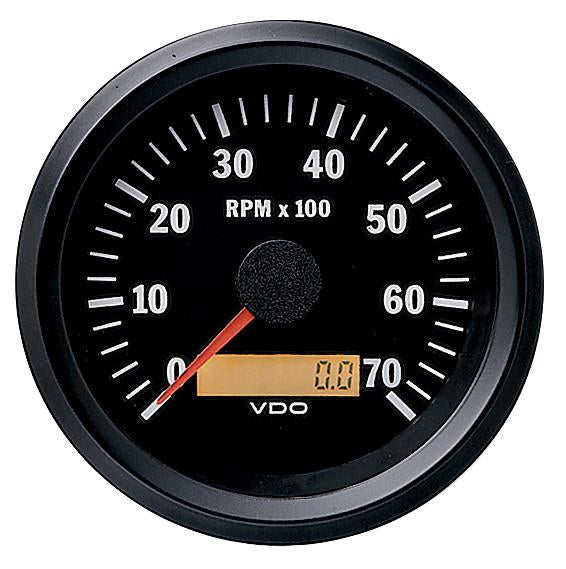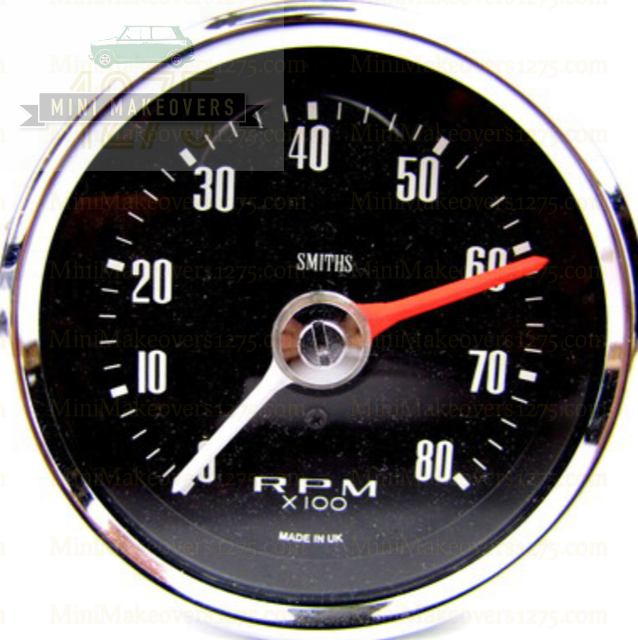Tachometer Acquiring Guide: Attributes to Look for and Best Brands
Tachometer Acquiring Guide: Attributes to Look for and Best Brands
Blog Article
Unlocking the Tricks of Tachometers: Whatever You Required to Understand About This Essential Tool in Your Car
Recognizing the ins and outs of tachometers can provide useful understandings right into your lorry's efficiency and maintenance needs. From gauging engine speed to analyzing the information it presents, tachometers serve as an essential device for vehicle owners and lovers alike. By untangling the secrets behind this crucial tool, you can unlock a wealth of details that can boost your driving experience and make certain the longevity of your car.
Relevance of Tachometers
The significance of tachometers hinges on their capacity to give essential real-time data concerning an engine's rotational rate, permitting for precise monitoring and upkeep of machinery. By determining the changes per min (RPM) of an engine's crankshaft, tachometers supply beneficial understandings into the engine's efficiency - tachometer. This information is vital for ensuring that the engine runs within its optimum variety, staying clear of prospective damage from over-revving or underperforming
Tachometers play an essential function in helping drivers and service technicians identify any type of anomalies in the engine's speed, which might indicate issues such as gas inadequacy, mechanical problems, or too much strain on the engine. By quickly identifying these problems with tachometer readings, upkeep can be executed proactively, stopping costly repair services and downtime in the long run.
Moreover, tachometers are particularly crucial in high-performance cars and equipment, where exact control over engine speed is essential for ideal procedure. Racing cars, airplane, and industrial equipment count on tachometers to provide peak performance while maintaining safety standards. Basically, tachometers are not just instruments for gauging speed but essential tools for ensuring the smooth and effective operation of engines throughout numerous applications.
Just How Tachometers Step Engine Speed
Utilizing sensing units that spot the frequency of electrical pulses produced by the engine's ignition system, tachometers accurately determine the rotational rate of an engine. By keeping an eye on the rate at which these pulses are obtained, tachometers give real-time responses on how fast the engine's crankshaft is rotating per minute, frequently described as revolutions per min (RPM)
The tachometer's sensing unit, frequently connected to the engine's ignition coil or ignition system cords, grabs the electrical signals produced each time a cyndrical tube fires. These signals are then converted right into RPM analyses presented on the gauge or tool cluster within the chauffeur's view. Tachometers can be analog or digital, with contemporary automobiles frequently including electronic display screens for accurate and instantaneous RPM analyses.
This information is critical for vehicle drivers to recognize the engine's efficiency, stop over-revving, maximize equipment moving, and ensure reliable fuel intake. By precisely gauging engine rate, tachometers play an essential role in helping drivers run their lorries safely and effectively.
Interpreting Tachometer Analyses
Having a clear understanding of just how tachometers determine engine speed establishes the foundation for properly interpreting the RPM analyses displayed. Analyzing tachometer analyses is important for optimum automobile performance and engine health. RPM (Transformations Per Minute) readings on the tachometer indicate the speed at which the engine's crankshaft is rotating. When the engine is idling, the tachometer needle usually relaxes around 600-1000 RPM, relying on the vehicle. As you accelerate, the RPM will enhance, reflecting the engine's greater rotational rate. When shifting equipments in a hand-operated transmission car, the RPM will go down as you engage the clutch and adjustment equipments, then increase again as you speed up in the new equipment. Keeping an eye on the tachometer can assist you my website identify one of the most reliable shifting indicate maximize fuel economic situation and engine power. Furthermore, uncommon fluctuations or continually high RPM readings could show potential problems with the engine that may require professional attention. By paying focus to the tachometer analyses and recognizing how to analyze them, you can guarantee your car runs smoothly and efficiently.


Tips for Utilizing Tachometers Successfully
To boost driving performance and optimize engine efficiency, what key techniques can be applied for effectively utilizing tachometers? Tachometers are important tools that provide real-time comments on engine rate, making it possible for drivers to make informed choices for much better efficiency - tachometer. Right here are some tips for making use of tachometers effectively:
Understanding Optimal RPM Range: Acquaint on your own with the optimal RPM (Transformations Per Minute) range for your automobile. This array differs in between different cars and is normally shown in the owner's manual. Maintaining the engine within this variety can boost fuel effectiveness and prolong the engine's life expectancy.
Moving Equipments at the Right Time: Make use of the tachometer to establish the finest time to change gears. Objective to shift equipments when the RPM reaches the optimal array for the following equipment.
Keeping An Eye On Engine Stress And Anxiety: High RPMs for prolonged durations can strain the engine. Watch on the tachometer to stop over-revving, especially during velocity or when carrying heavy loads.
Tachometers and Automobile Maintenance
When taking into consideration vehicle maintenance, tachometers play a vital role in keeping an eye on engine performance and finding potential concerns. Tachometers supply essential information on engine navigate to this website rate, permitting vehicle drivers and mechanics to make certain that the engine is operating within the advised RPM array. Frequently keeping an eye on the tachometer analyses can help determine issues such as engine misfires, worn-out spark plugs, or concerns with the gas distribution system. By taking notice of the tachometer, vehicle drivers can stop too much stress on the engine, which can bring about costly repair services down the line.
In enhancement to detecting potential problems, tachometers can also help in enhancing fuel effectiveness. By keeping content the engine speed within the optimal range, drivers can boost their gas mileage and minimize gas intake. This not just profits the driver's budget but also adds to ecological preservation by decreasing harmful discharges.
Verdict

Report this page